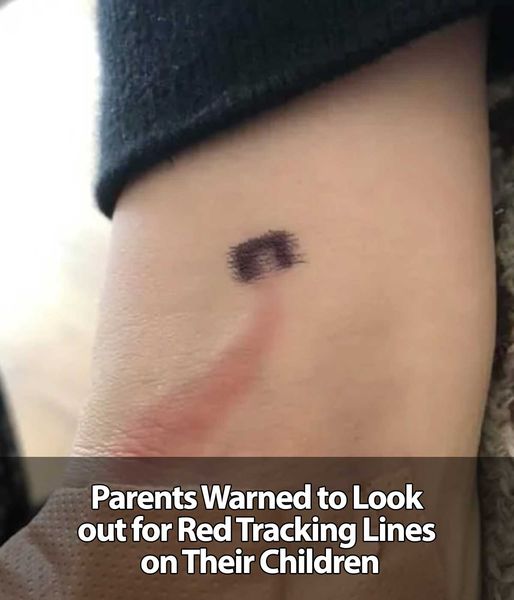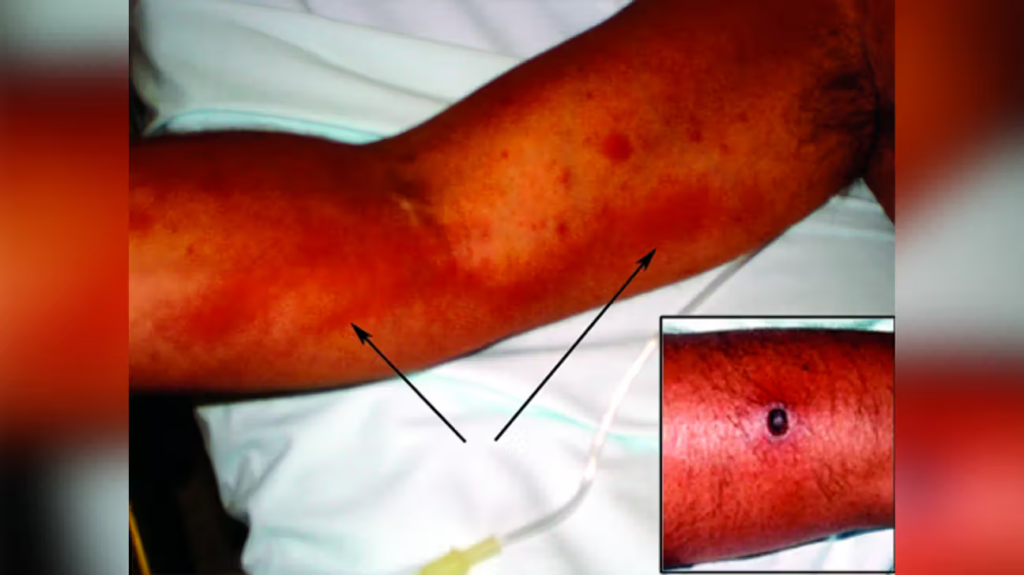As a parent, it is essential to be attentive to the health and well-being of your child, especially when it comes to injuries and potential infections. Minor cuts and scrapes are a common occurrence for children, but sometimes these seemingly harmless wounds can lead to more serious issues. One crucial symptom that parents should be aware of is the presence of red tracking lines, as these can indicate a progressing infection that requires immediate attention. This is everything you need to know: What tracking lines are, why parents need to be vigilant about them, how to identify them, and what steps to take if your child has them.
What are Tracking Lines?
Tracking lines, also known as lymphangitis, are red lines on the skin that extend from the site of an infection. They serve as an indicator that an infection is spreading and making its way into the lymphatic system. While the common signs of an infection include warmth, redness, and swelling of the skin, the presence of tracking lines signals a more severe progression of the infection. (1)
What is the lymphatic system?
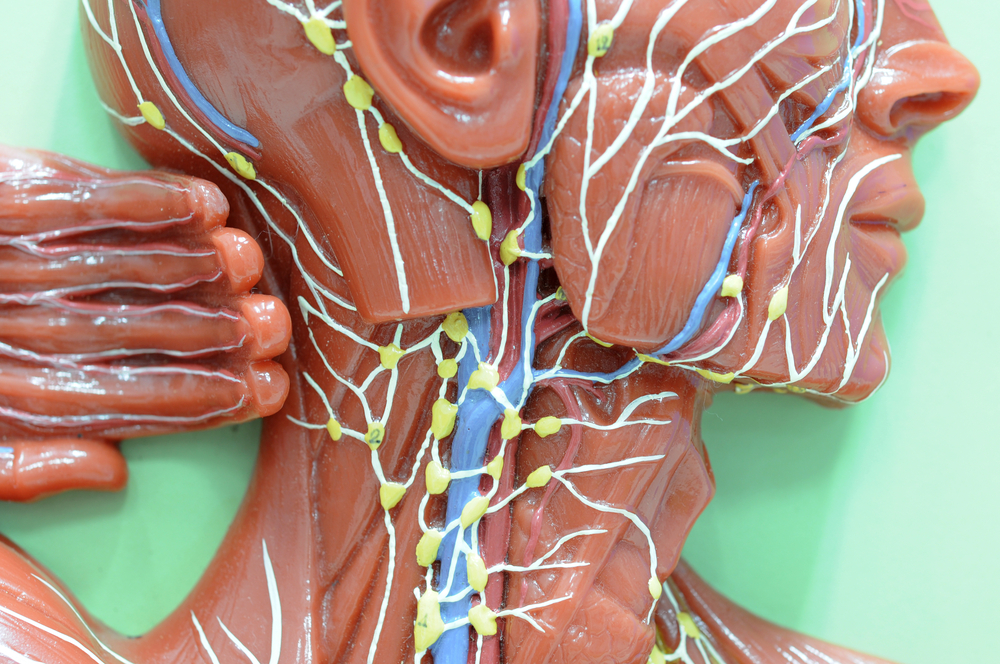
The lymphatic system is a network of vessels that carry lymph, a clear fluid that contains white blood cells. The lymphatic system plays an important role in the immune system by using lymph nodes, which are small bean-shaped organs, that filter out harmful bacteria and viruses from the body’s tissues. Lymph nodes are located throughout the body, including in the neck, under the arms, and in the groin area. When an infection occurs, these vessels become inflamed and swollen with fluid, which can cause pain and discomfort. (2)
Why Are Tracking Lines Dangerous?
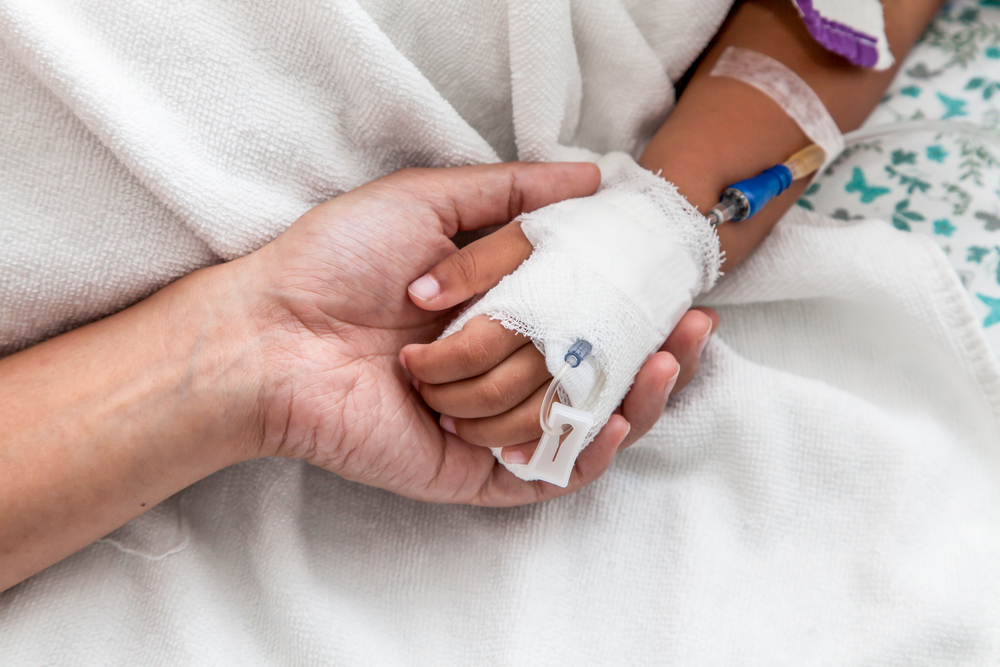
Recognizing tracking lines is crucial because they can be a sign that an infection is getting worse and spreading beyond the initial injury site. Failure to identify and address these tracking lines promptly can result in serious complications, including sepsis. Sepsis is a life-threatening condition that can occur when an infection spreads throughout the body. If not treated quickly, it can cause organ failure and death. Sepsis is especially dangerous to children, whose immune systems are not yet fully developed, as well as people with weakened immune systems. It is important to note that not all tracking lines are caused by infections; some may be due to other factors such as trauma or surgery. However, if you notice any of these signs in your child, it’s best to consult with a doctor right away. (3)
What Do Tracking Lines Look Like and How to Spot Them
The appearance of tracking lines may vary, ranging from faint to clearly defined. It’s important to note that it can be more challenging to spot individuals with darker skin tones. Alongside the visible lines, other symptoms such as fever, headache, and muscle pains may also accompany the infection. If your child has a cut, scrape, or any other injury, it is important that you stay vigilant. Be sure to clean all wounds, however minor, thoroughly and with an antiseptic. Bandage them and keep them clean. Monitor your child’s injury daily and watch for any signs of developing tracking lines. If you are even the slightest bit concerned that there may be an infection and that it is spreading see your doctor right away.
Which Kind of Infections Typically Cause Tracking Lines?
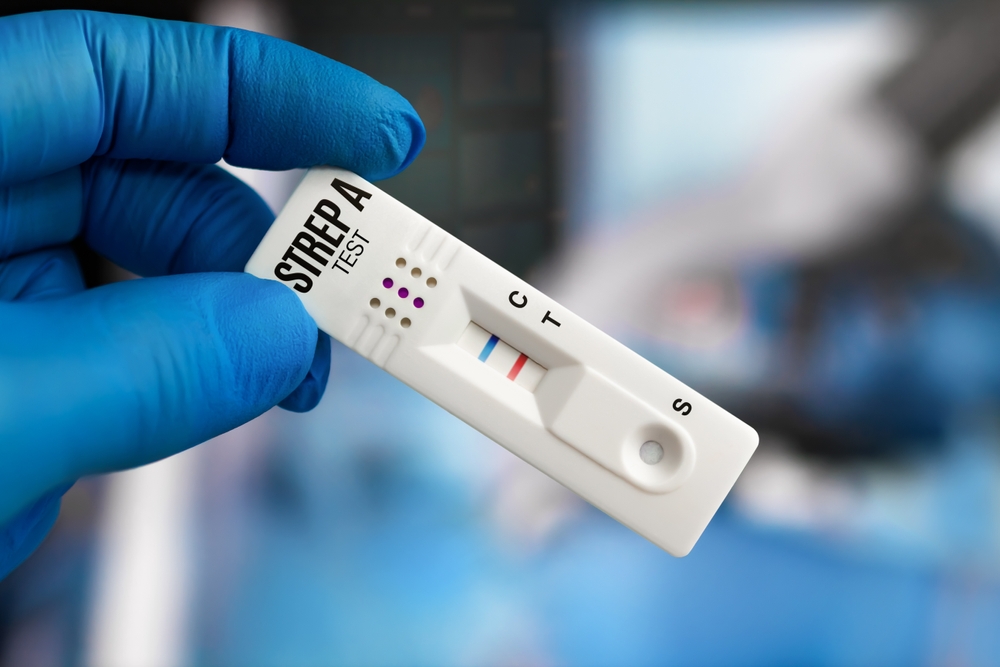
Tracking lines most commonly result from bacterial infections, such as those caused by Streptococcus or Staphylococcus species. Moreover, injuries sustained from animal bites or cuts and grazes that occur underwater carry the risk of exposure to different types of bacteria. These could also lead to the development of tracking lines.
What to Do if You See Them on Your Child

If a parent observes tracking lines on their child, it is imperative to seek medical attention promptly. Early detection of tracking lines allows for the timely administration of antibiotics to address the infection. In circumstances where inflammation around a cut or bite is evident, outlining the affected area with a pen can help monitor the spread of redness and assess the progression of the infection.
Treatment of Tracking Lines

Lymphangitis is typically treated with antibiotics to kill the bacteria causing the infection. In some cases, surgery may be necessary to remove infected tissue or drain pus from an abscess. If you have a severe case of lymphangitis, your doctor may admit you to the hospital for intravenous (IV) antibiotics and fluids.
The Bottom Line

As a responsible parent, staying informed about potential health risks and symptoms, like tracking lines in the case of infections, is crucial to safeguarding your child’s well-being. By understanding the significance of recognizing and acting upon such symptoms, parents can ensure early intervention, thereby preventing the progression of infections and reducing the risk of complications. Always remember that seeking professional medical advice is essential, and timely intervention can make a significant difference in protecting your child from potential health threats.
